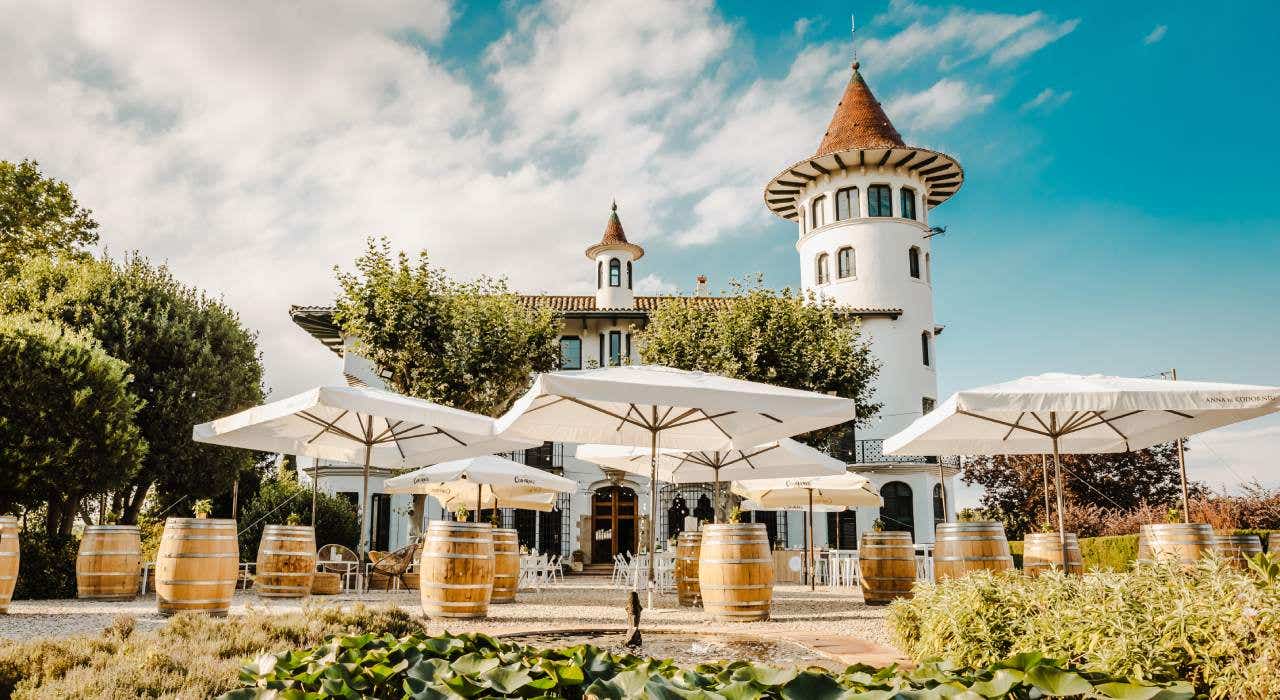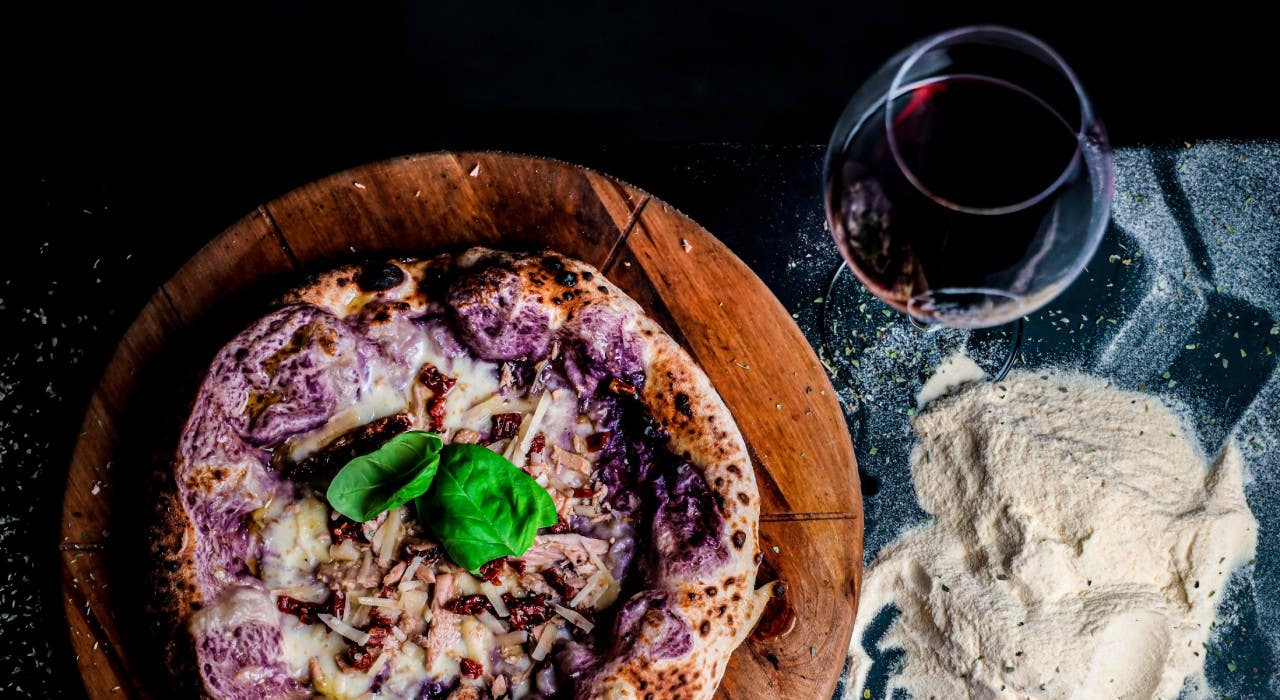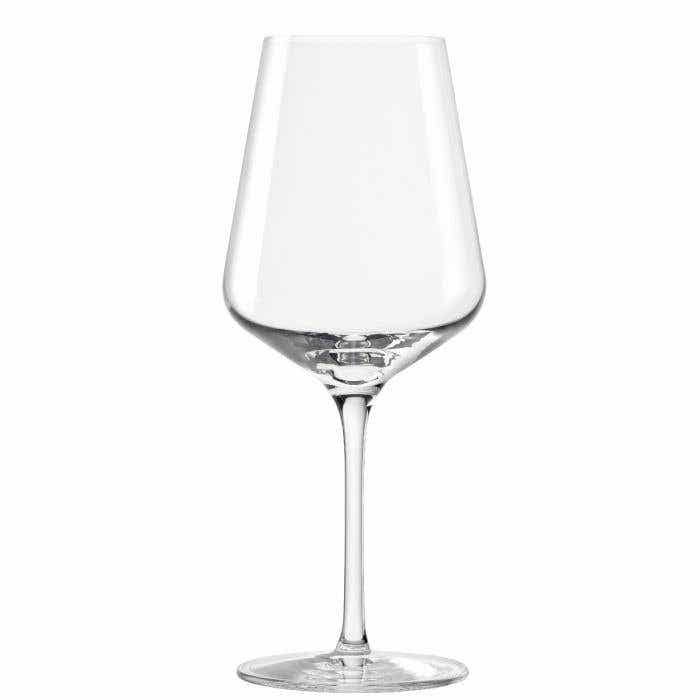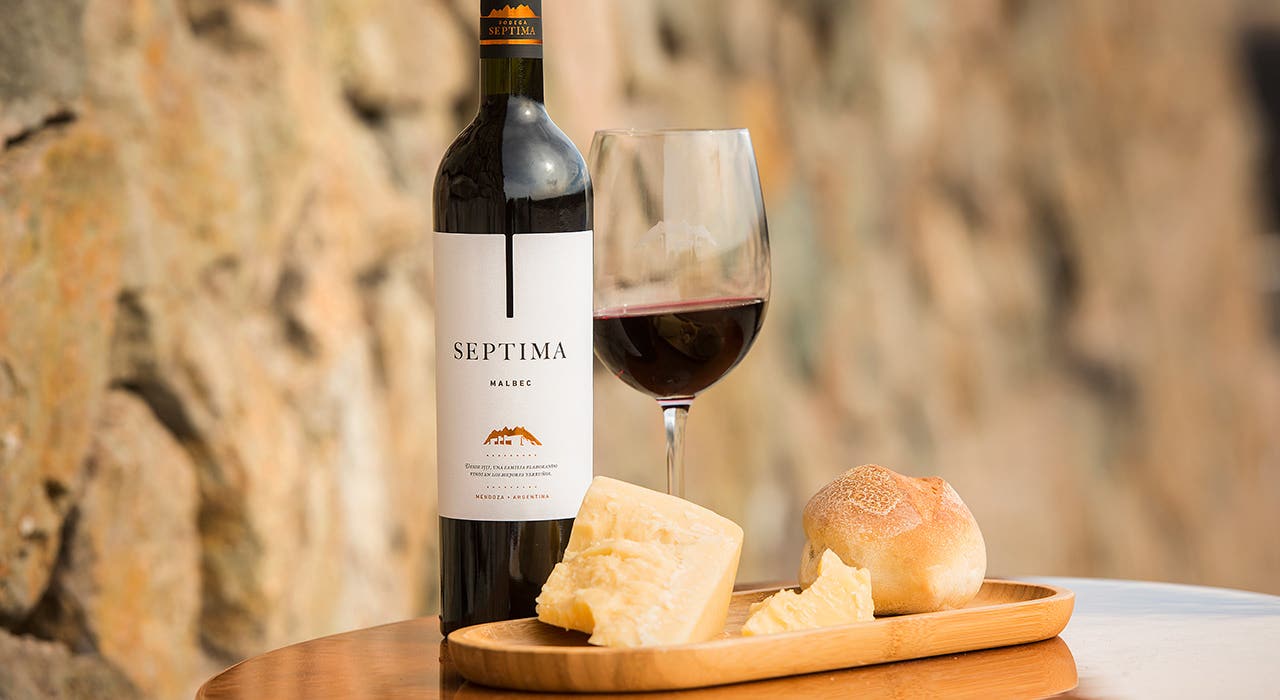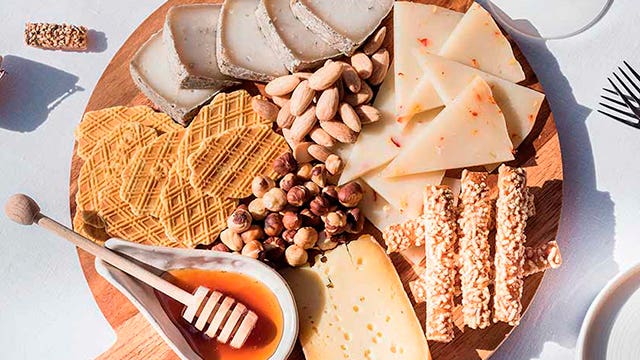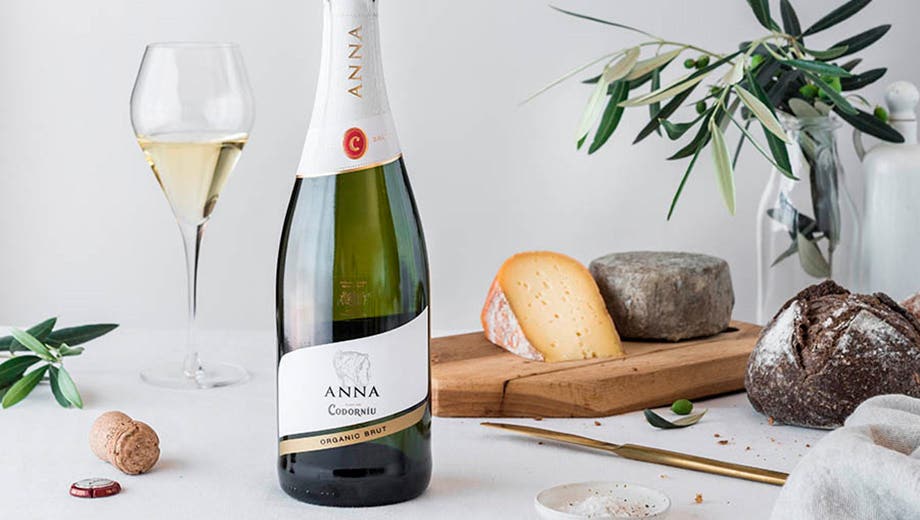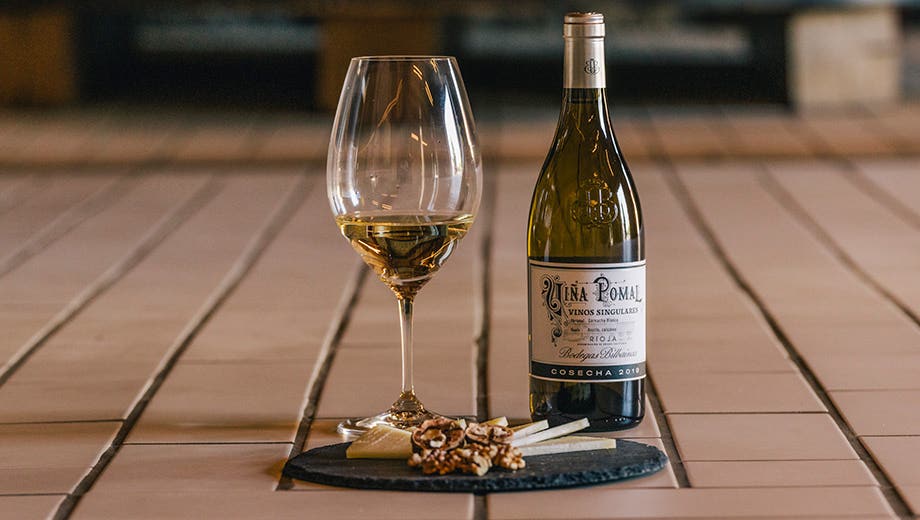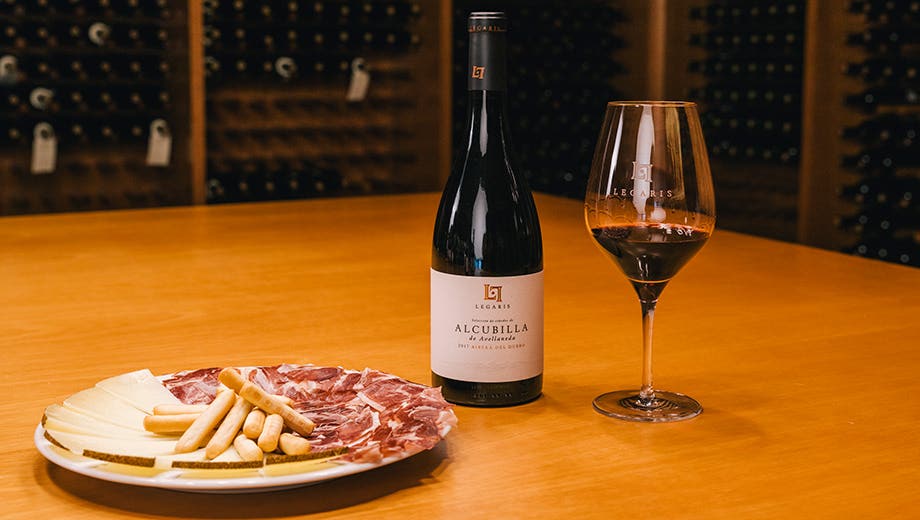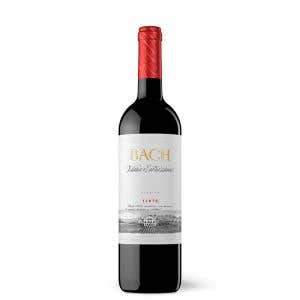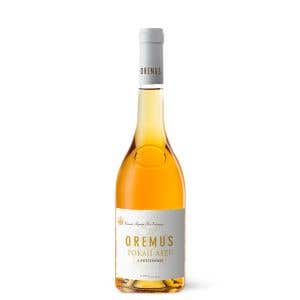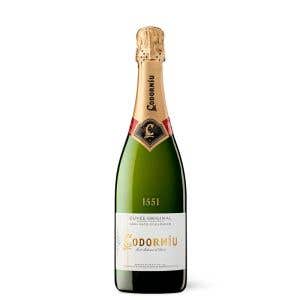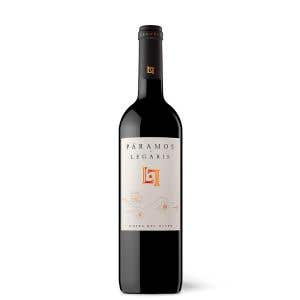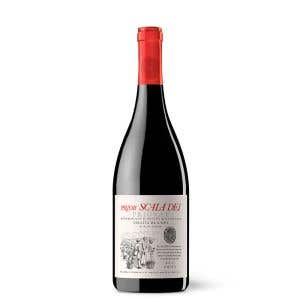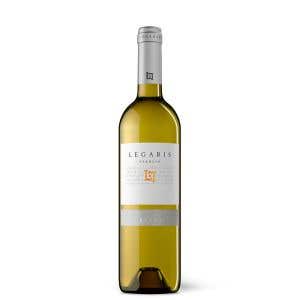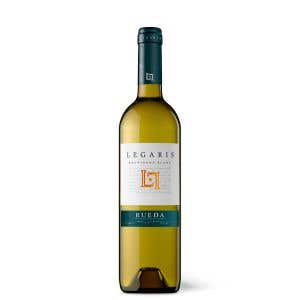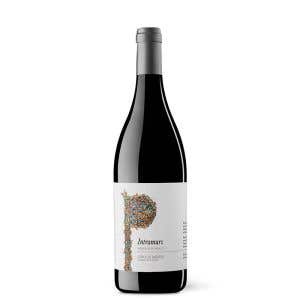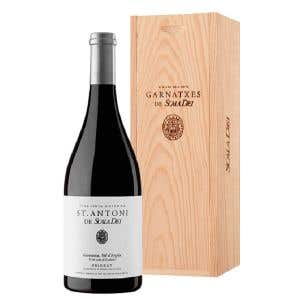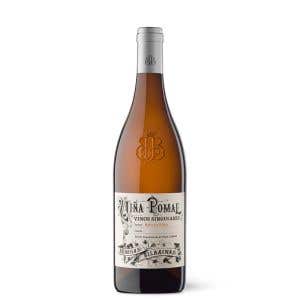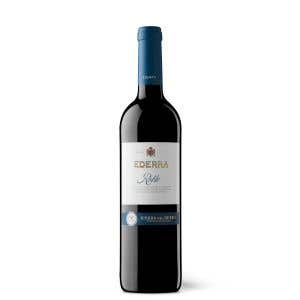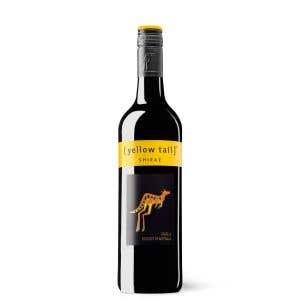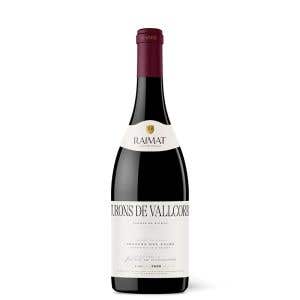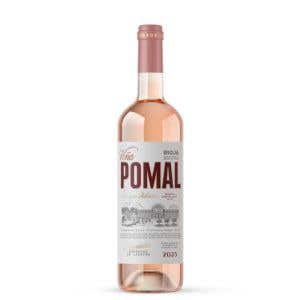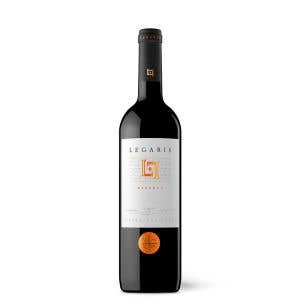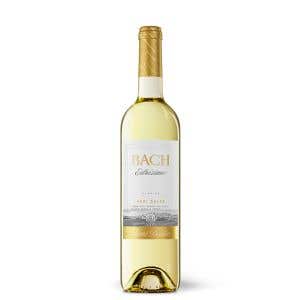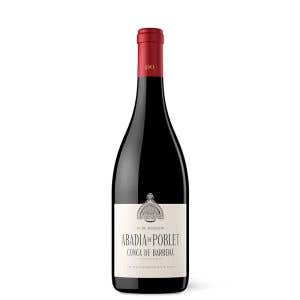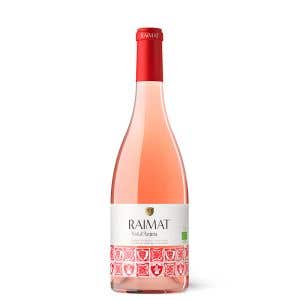To facilitate a "good chemistry" between these two products, we present some cheese families with the most suitable wines for each group.
Cheeses and wines with good chemistry
To make the most of a wine’s organoleptic properties, each wine, based on its origin, type, and method of production and aging, should preferably be associated with a cheese that does not contradict its aromatic and sapid structure, as well as its texture. For the pairing to work, there must be good chemistry, just like in well-matched couples.
Let’s start by saying that there is no single wine that is suitable to accompany all cheeses. What we can do is group cheeses by families and choose the wines that are the best pairings for that group.
It’s also useful to have some basic notions of cheese production to understand how cheeses are grouped by families and to get to know this product better, which will ultimately facilitate the choice of wine to accompany each variety.
Know your cheeses
In this regard, a fundamental step is to differentiate between raw and pasteurized milk cheeses.
Raw milk cheeses
These are usually artisanal cheeses produced in small quantities, which require a great effort to obtain a homogeneous product, because they depend on what the animal has eaten, the pastures, the weather, and many other factors.
Pasteurized milk cheeses
Milk pasteurization is a sterilization process used by the food industry to extend the shelf life of foods. Although this used to be a cause of discredit for gourmet food lovers, nowadays, the technique used with pasteurized cheeses has improved with independent ferments and some of them compete in flavor with raw milk cheeses.
On the other hand, cheeses can be fresh, mature, or solid, regardless of the milk from which they are made. With rare exceptions, this raw material is provided by cows, goats, sheep, and buffaloes (there are also mixed cheeses). The other three components in the production of this food are ferments, rennet, and salt.
Cheese and wine: pairing guide
Without going into the details of production, why one cheese is soft and another mature or blue, we offer here a practical guide to help simplify the choice of the most suitable wine for each cheese family (with direct links to the best pairings for each cheese in 15Bodegas!).
Blue cheese
—Sweet Port or semi-sweet reds of the Monastrell, Grenache, and Cabernet Sauvignon varieties, such as the Red Bach Viña Extrísima 2020.
—Whites and sparkling wines of aromatic varieties (Moscato, Pinot Gris), such as the Bach Frizzante Moscato 2019.
Soft cheese
—Fine and Manzanilla.
—Young whites, of the Sauvignon Blanc variety, such as the Austum Sauvignon Blanc 2019, or a Verdejo, such as the Legaris Verdejo 2020.






